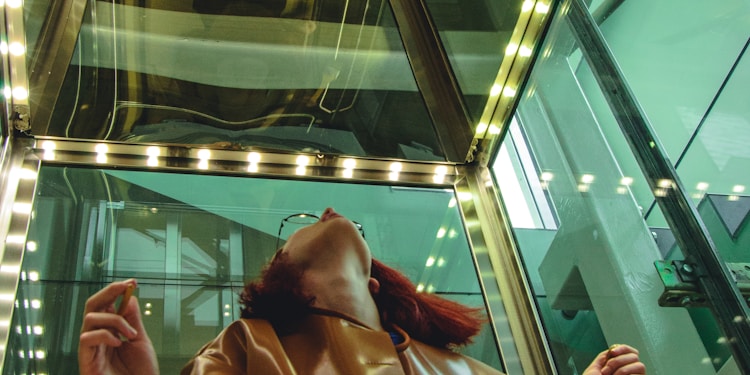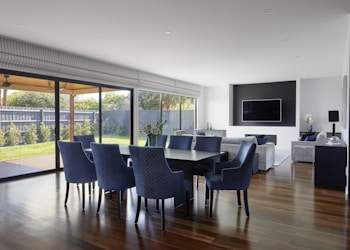Adding stairs to your home is a sure way to add property value and visual interest to any space. However, they can sometimes be extremely costly, depending on which style, material and level of labour expertise you decide to go with. In some cases, you may wish to opt for something like a home lift instead, which could actually save you time, money and space.
Planning, design and materials
You’ll also need to factor in that an expert has to carefully plan the layout and design of your new staircase, which adds to the final cost. Of course, it’s possible to save money by doing this part yourself – just like you could try to install your stairs yourself, if you really wanted to – but there will always be the risk that you aren’t doing it as properly or safely as you should be.
The price of your new staircase renovation will also vary depending on the types of materials you decide to use. The materials required will largely depend on your design, style and the structural requirements of your staircase. Common material choices include concrete, hardwood, glass, metal or steel and stone. The prices will also largely depend on your design and your supplier.
Construction requirements and installation process
The price of your staircase renovation will also go up if you have existing stairs that need to be taken down, and replaced with the new ones. There will also be your usual installation costs involved in the installation and clean-up process. Some designs will require that you break down existing walls, too, so they may not be the best for your budget.
Stair shape and style
The shape of the stairs you decide on will also affect the cost. This is because certain shapes are much more intricate and complex to install, making the labour cost higher. You also need to consider the style of your stairs. For example, will they be floating stairs? Or will they require hand-rail support or balustrades?
There are 3 main types of stair shapes that people most commonly go for; L-shaped, U-shaped and straight. Apart from these, some other types include, but aren’t limited to, curved, custom, cantilever or spiral staircases.
Curved and spiral staircases
These staircases are often the most sought after because they are incredibly beautiful and luxurious to look at. Unfortunately, they also tend to be the most expensive shape to go for, as they require specialised, custom materials, and a high level of engineering skills. Curved staircases also require a lot of room, so they are best suited in larger homes.
Spiral staircases tend to be best suited to smaller, more compact homes and spaces. Although they take up less space, they require a very skilled engineer who knows exactly what they are doing at every twist and turn. Even though they might require less structural support, they tend to be one of the more costly choices.
Cantilever staircases
Cantilever stairs, also known as floating stairs, can actually make a space look bigger because of their open space design and hidden tread support. They are also visually interesting to the eye, and add character to a home. These staircases tend to use less material than others, which may make them less expensive.
Straight, L-shaped and U-shaped staircases
Generally speaking, the more complicated or complex your shape or style is, the more expensive. That’s why straight stairs tend to be the least expensive. L-shaped and U-shaped stairs are a bit more tricky to construct compared to straight stairs, making them slightly more expensive.
















